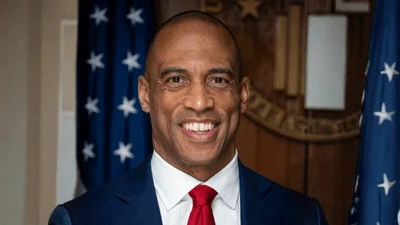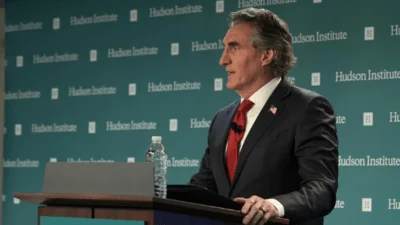U.S. Transportation Secretary Sean P. Duffy and Federal Aviation Administration (FAA) Administrator Bryan Bedford have issued an emergency order to maintain flight reductions at six percent, responding to improved air traffic controller staffing levels. The decision follows a recommendation from the FAA’s safety team.
The move comes as data show a significant drop in air traffic controller callouts, with only eleven staffing triggers reported on November 11 and four on November 12, compared to eighty-one on November 8. The FAA attributes this improvement to the federal government reopening and controllers receiving backpay, leading to increased staff availability.
“President Trump’s message has been heard loud and clear: controllers will be made whole quickly. The FAA safety team is encouraged to see our air traffic control staffing surge, and they feel comfortable with pausing the reduction schedule to give us time to review the airspace,” said U.S. Transportation Secretary Sean P. Duffy. “The data is going to guide what we do because the safety of the American people comes first. If the FAA safety team determines the trend lines are moving in the right direction, we’ll put forward a path to resume normal operations.”
“Our top priority at the FAA is, and always will be, safety,” said Federal Aviation Administrator Bryan Bedford. “The data shows that controller staffing is improving rapidly, which allows us to hold flight reductions at six percent while maintaining the highest levels of safety in our airspace. We’ll continue to monitor system performance hour by hour, and we won’t hesitate to make further adjustments if needed."
During the recent government shutdown, controllers worked without pay and staffing shortages led to increased strain on both pilots and air traffic controllers across facilities nationwide.
The new emergency order replaces previous plans that would have increased flight reductions up to ten percent. It maintains certain restrictions for general aviation operations at twelve airports, some visual flight rule approaches at facilities with ongoing staffing issues, commercial space launches limited to overnight hours between 10:00 p.m. and 6:00 a.m., as well as parachute operations and photo missions near affected locations.
A list of forty major airports continues under these restrictions; among them are Hartsfield-Jackson Atlanta International Airport (ATL), Los Angeles International Airport (LAX), New York John F. Kennedy International Airport (JFK), Chicago O’Hare International Airport (ORD), Dallas/Fort Worth International Airport (DFW), San Francisco International Airport (SFO), Seattle–Tacoma International Airport (SEA), Miami International Airport (MIA), Denver International Airport (DEN), Boston Logan International Airport (BOS), Washington Dulles International Airport (IAD), Phoenix Sky Harbor International Airport (PHX), Newark Liberty International Airport (EWR) and others.
The FAA stated it will keep monitoring system performance closely before deciding when or how normal operations can resume.





